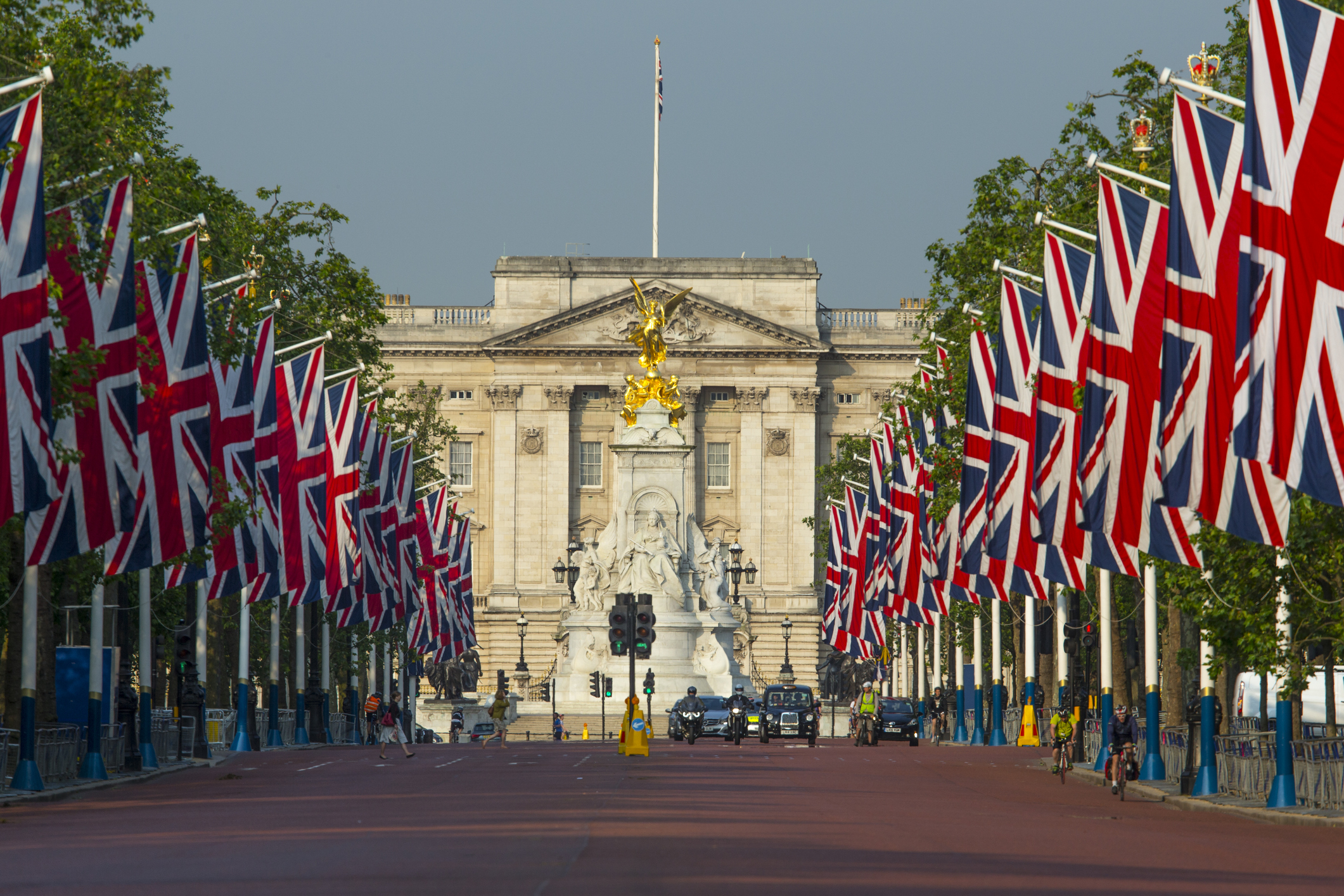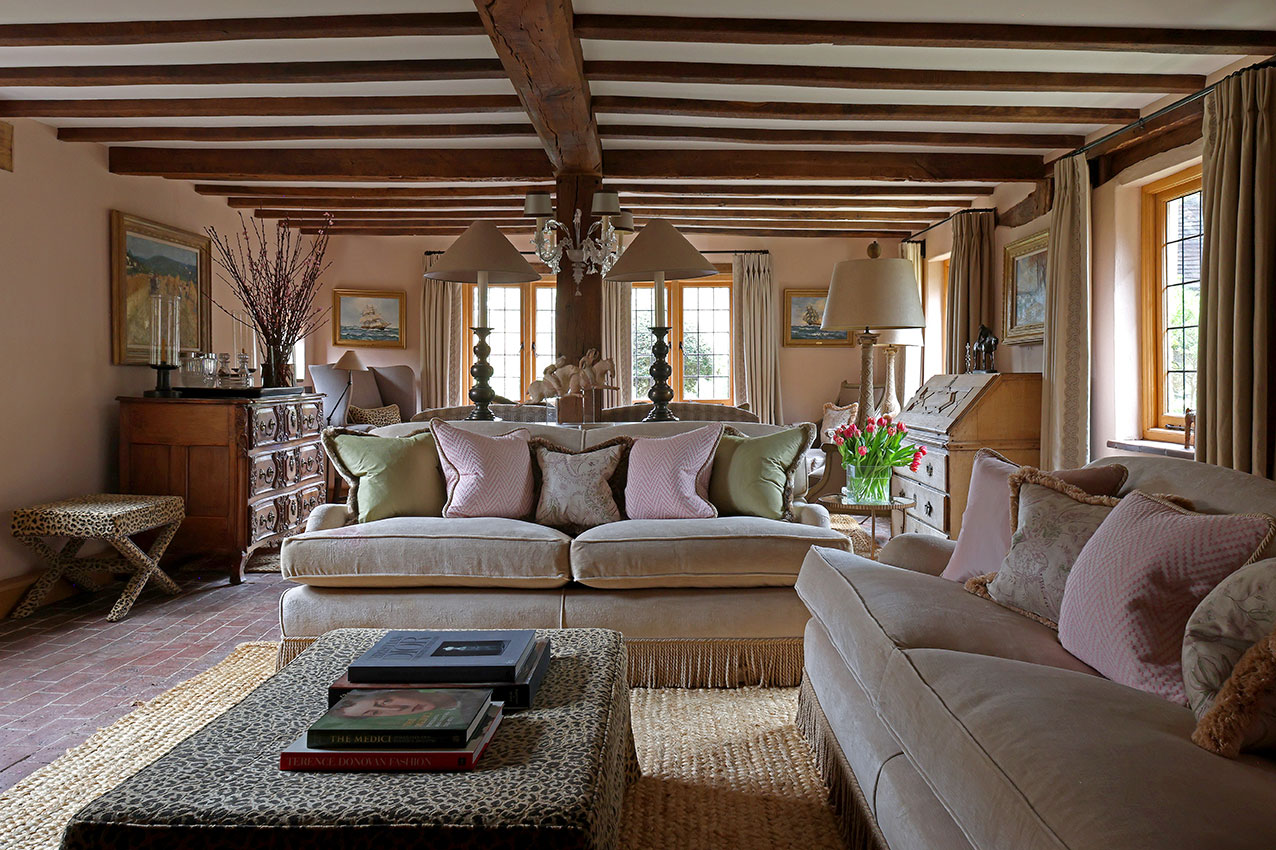Villa Frere: The centuries-old garden created by an English diplomat, reclaimed by Nature, and now once again restored by Man
Rubble and ruin were all that remained of the early-19th-century Villa Frere and its gardens, planted by the English diplomat John Hookham Frere, until a group of dedicated volunteers came to its rescue. Josephine Tyndale-Biscoe tells the story of the gardens of Villa Frere in Pietà, Malta.
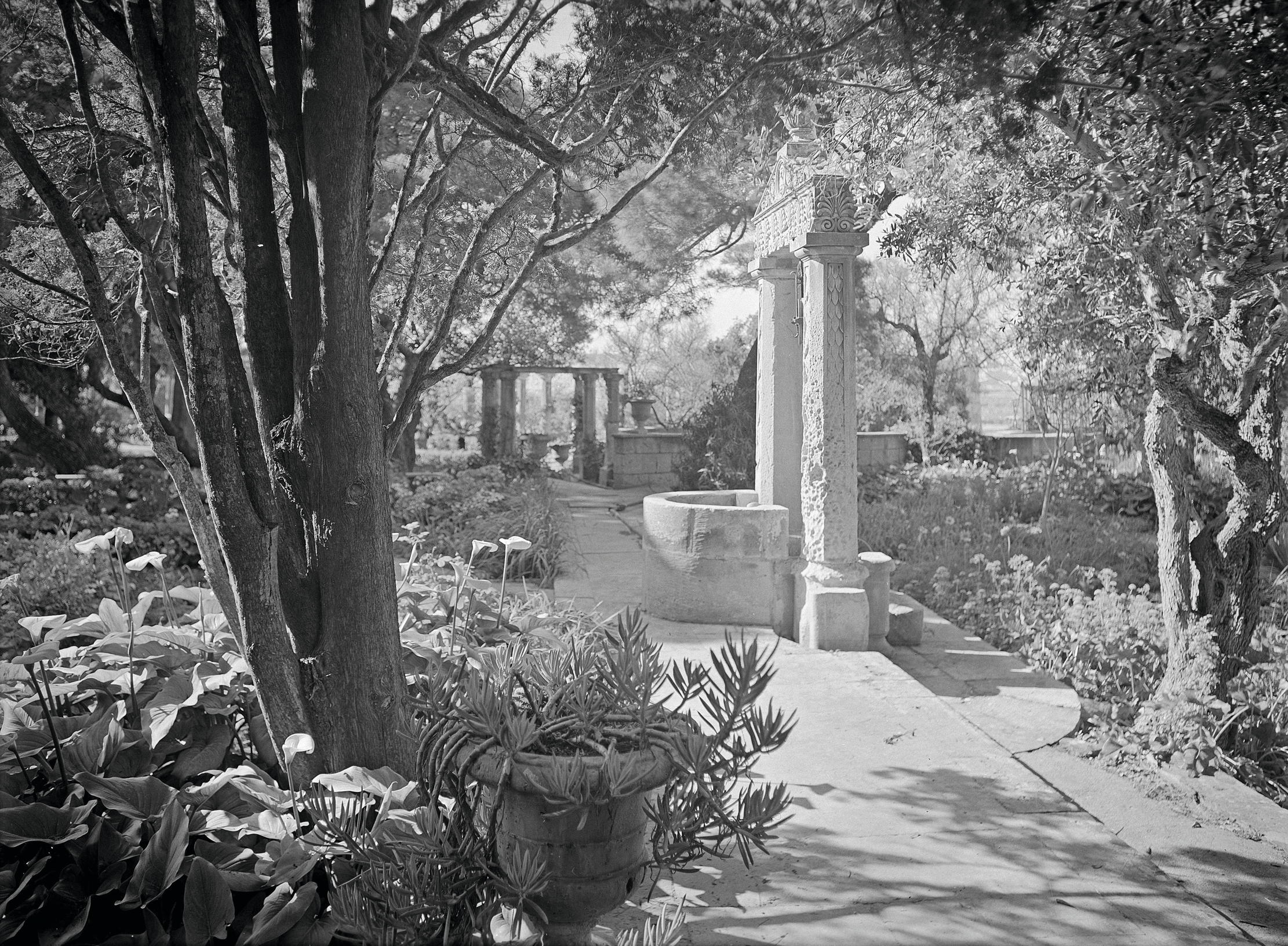

In 1930, Country Life published a glowing article about the famous gardens at Villa Frere in Malta that had been created by the English diplomat John Hookham Frere (1769–1846). He had retired to Malta in 1820 with his wife, Elizabeth, the Dowager Countess of Erroll, hoping that the sunnier climate would benefit her delicate health. Eventually, however, she succumbed and in 1831, after her death, he began creating his garden partly as a way of alleviating his bereavement.
Villa Frere sits on a rocky hillside at Pietà, a small harbour near Valletta, and Frere, who became famous for his kindness and generosity to the people of Malta, employed local craftsmen to build terraces, irrigation systems, classical temples and all manner of walls and wells to support the creation of his dream.
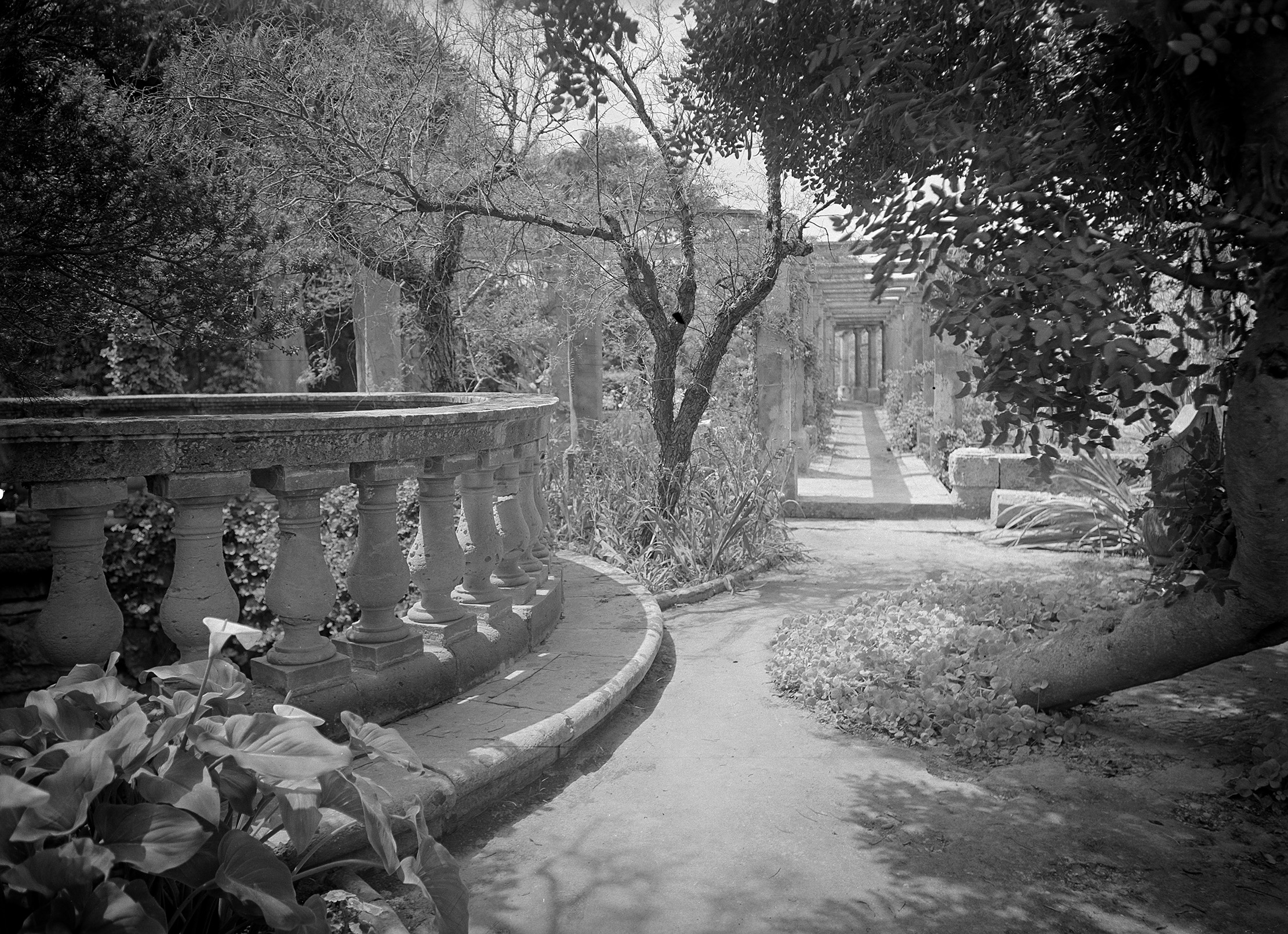
He spent ‘thousands on the garden’. As Celia Congreve, the author of the Country Life article, reported: ‘At first there was nothing but bare rock rising in rough terraces to where wonderful panoramas of land and sea roll out before one on all sides. Probably a few prickly pears, carubas or even fig trees clung to its sides wherever a handful of soil made it possible, but there can have been no other vegetation.’ To fill the new garden, soil had been imported by ship.
The finished garden was a sight to behold, full of flowering terraces, follies, ponds and fountains and an orange grove. To cope with the dry climate of Malta, a network of water channels and underground tanks had been installed. Soon, Villa Frere was top of the list for visiting intellectuals, artists, writers and friends of the extended Frere household — and continued to be so until the death of Frere in 1846.
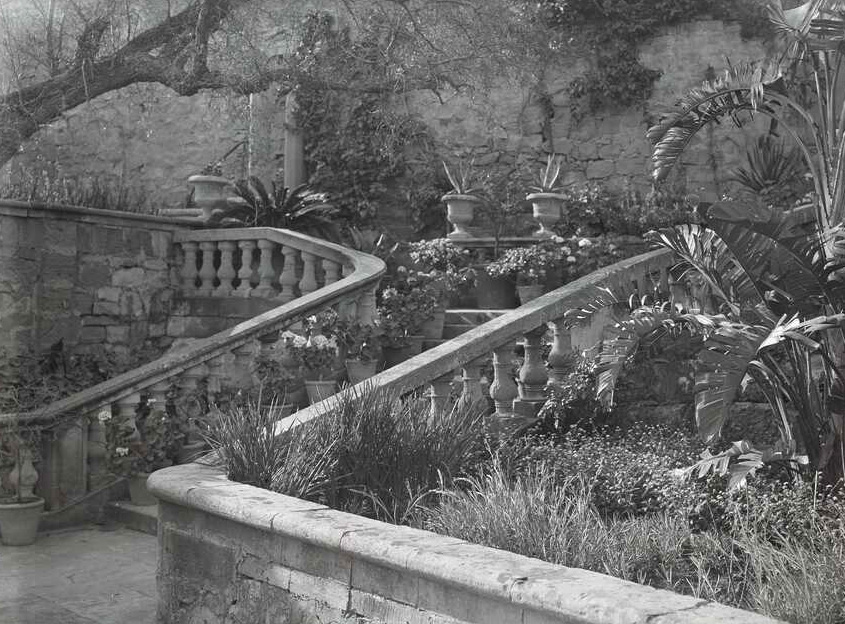
Subsequently, the house was lived in by several different occupants, including my own grandmother’s parents, retired naval commander Edward Price and Giuseppina, daughter of Count Messina. Thankfully, Price was a keen gardener and returned the gardens to their former glory. In his day, visiting royalty, including Queen Mary, wife of George V, and Queen Marie of Romania made a special occasion of seeing the gardens.
By 1939, however, the Price family had left and the Maltese government took back the lease during the war years. After a brief return to private ownership in the 1950s, much of the garden lay empty and the unforgiving climate slowly destroyed the stone work, until it had decayed to a sorry state of ruin.
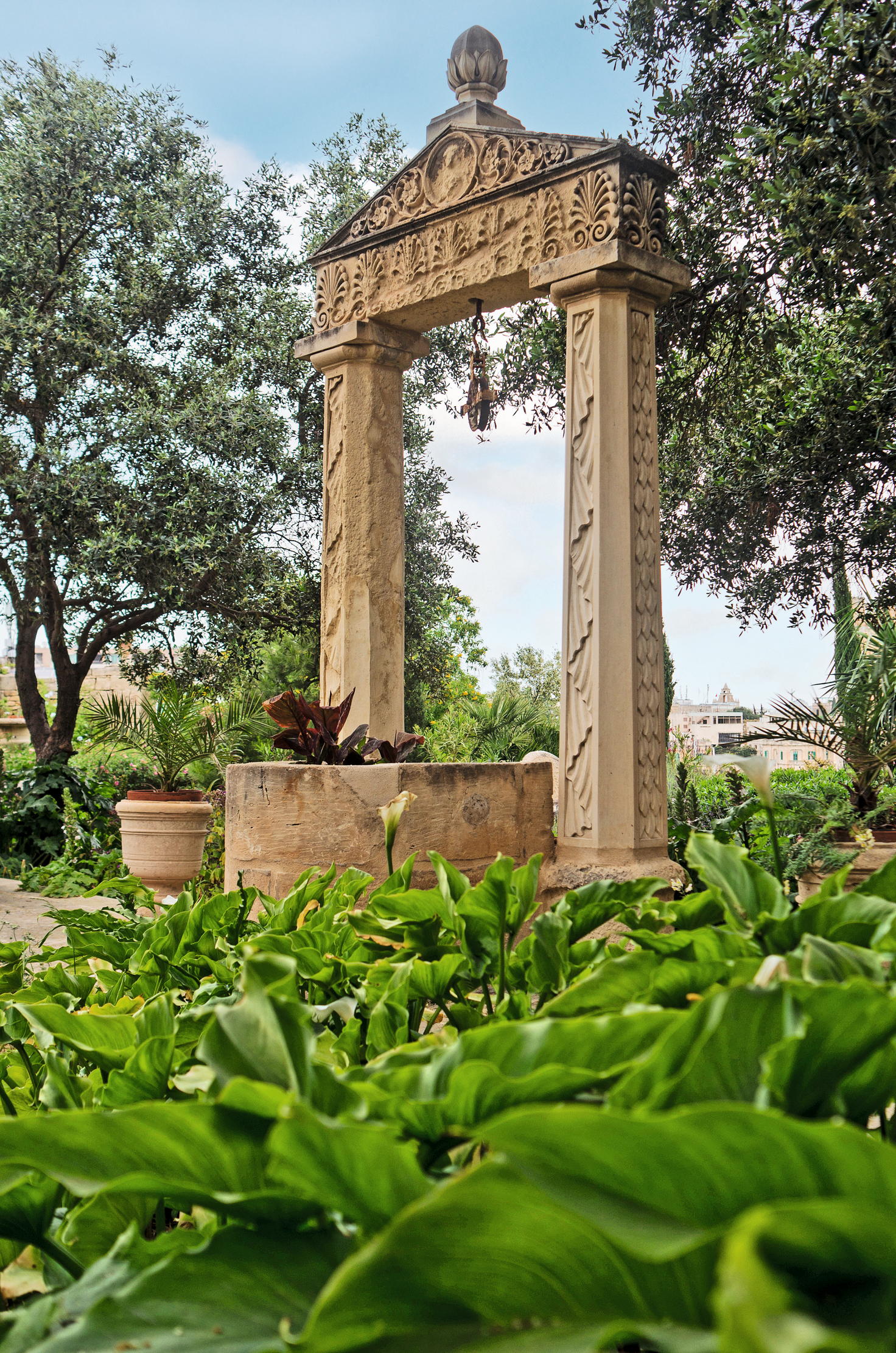
In 2009, my family visited Malta. Keen to see where my grandmother had been born, we asked the way to Villa Frere from a passing stranger. It turned out that she had been a student of Prof Vassallo, an academic at the University of Malta who was a devotee of Frere. I was put in touch with the professor and later, when I had written a book about the gardens and my family’s time at Villa Frere, I was asked to give a talk about it to Din l-Art Ħelwa (the National Trust of Malta) in Valletta. There, I met Edward Said, an established restoration architect, and Peter Borg Ghigo, an archivist, who were both interested in saving the site. By then, the Upper Gardens were in ruins and hardly any sign of the former glory could be seen, only a few paving stones peeping shyly out of the brambles.
Sign up for the Country Life Newsletter
Exquisite houses, the beauty of Nature, and how to get the most from your life, straight to your inbox.
The first years were a challenge, as very few people helped what appeared to be a hopeless cause. Mr Said and his loyal supporters (together with visitors like us) did what they could and, gradually, the hidden structure of the Upper Gardens emerged. It was an exciting time, uncovering steps, wells, hidden plaques, a gazebo and a classical temple and re-creating some order out of a wilderness. Several vast underground cisterns built by Frere had been located and explored. Five wells are again holding water collected from the restored rooftops and terraces during the few but often intense rains. Once the pathways were cleared, the public could be allowed entry, but there were still dangerous broken walls, dilapidated wells and rubble and ruin everywhere.
Without financial backing, however, the work could not continue. At this crucial time, help came un-looked for in the person of Fernando Mifsud, a horticulturist with a commercial background. He was keen to become involved and, from then on, a strong team established itself, including, importantly, his father, George, a stonemason and carpenter of great skill. The garden needed to become once again a place for repose and enjoyment and the flowers and trees were now given priority. In Mr Mifsud’s words: ‘Each and every corner of this enchanting paradise has its own magic.’
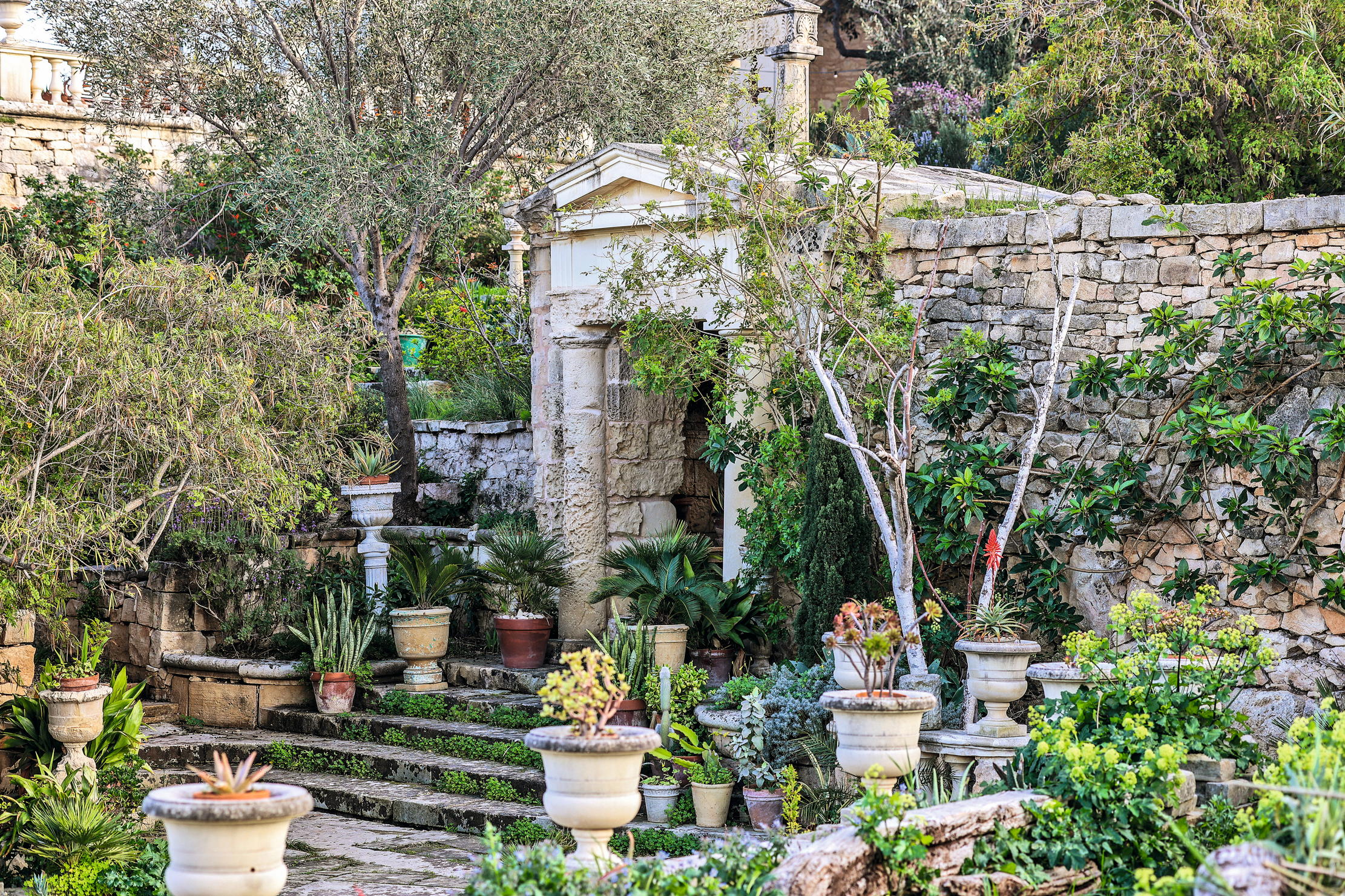
Restoration finally began on the buildings — the villa itself, the cottage known as Villa Hay and the farmhouse. Today, the villa is a Grade I-listed monument of cultural heritage and, with the support of Heritage Malta and several private sponsors, sufficient funds have emerged to begin structural renovation. The restoration of the cottage is nearly complete and the best news of all is that the villa itself will shortly be accessible for renovation.
Thanks to the now-established Friends of Villa Frere, the gardens are open to the public and, together with a hard-working committee, a loyal group of volunteers ensures that the garden continues to be well maintained. Through sheer determination, the restoration project has achieved what was once thought impossible.
Visit www.villafrere.com
Country Life is unlike any other magazine: the only glossy weekly on the newsstand and the only magazine that has been guest-edited by HRH The King not once, but twice. It is a celebration of modern rural life and all its diverse joys and pleasures — that was first published in Queen Victoria's Diamond Jubilee year. Our eclectic mixture of witty and informative content — from the most up-to-date property news and commentary and a coveted glimpse inside some of the UK's best houses and gardens, to gardening, the arts and interior design, written by experts in their field — still cannot be found in print or online, anywhere else.
